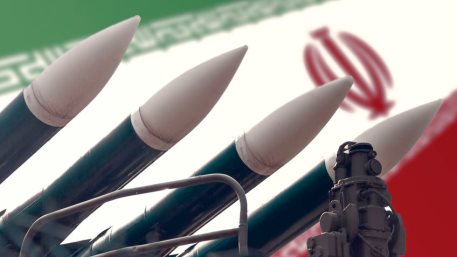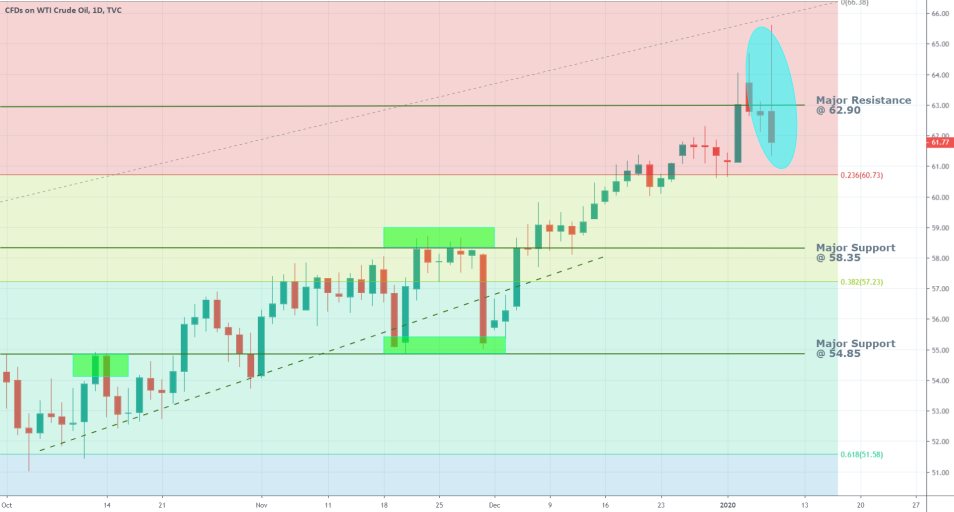
Tehran’s strike against the US was vastly anticipated in the wake of Qassem Soleimani’s killing, which was ordered by Donald Trump as a preemptive strike against Iran’s top general.
According to the Pentagon, Tehran responded early today by firing fifteen missiles at two US-Iraqi bases, one in Western Iraq and one near Baghdad.
Iran’s Supreme Leader Ayatollah Ali Khamenei claimed on state television that the attack was a “crushing response”.
According to Bloomberg media, ten missiles hit the Ayn al-Asad base, one landed on a facility in Erbil. Additionally, another missile hit the Tajir airbase, while four fell out of the sky.
The missile strike as a whole, while bold in execution, did not deliver such a crushing blow to the American presence in the Middle East as the Ayatollah claimed.
At the time of writing, there is no official statement regarding the total number of casualties, if any, as a result of the strikes.
Meanwhile, the Quad forces and some other sources in Iran have promptly claimed responsibility for the killing of more than 70 American servicemen. Donald Trump responded in a tweet that ‘all is well’ and that an official investigation is currently taking place.
All is well! Missiles launched from Iran at two military bases located in Iraq. Assessment of casualties & damages taking place now. So far, so good! We have the most powerful and well equipped military anywhere in the world, by far! I will be making a statement tomorrow morning.
— Donald J. Trump (@realDonaldTrump) January 8, 2020
Judging by the vast media coverage by the Iranian state television of the attack itself while it was taking place and the bold rhetoric of the Ayatollah, it can be speculated that the retaliatory strike was meant to be more of a symbolic attack as opposed to achieving any strategic military goals.
Iran’s immediate commentary afterwards was to specify that it was not looking for escalation of the tensions in the Persian Gulf, which signifies its desire for peace.
The Islamic Republic demands the American forces be removed from Iraq, which would undoubtedly solidify its presence in the Gulf region.
While it is almost certain that US forces would continue to be actively stationed in Iraq and elsewhere, Donald Trump is unlikely to actively pursue any actions that would further heighten the tensions.
In the immediate aftermath of the strike, the price of the crude oil jumped to 65.50 dollars per barrel. However, it then quickly fell back below the major resistance level at 62.90 and is currently trading at around 61.60.
The price is likely to continue falling on the condition that the overall uncertainty in the region continues to abate.
If the US refrains from retaliating to Iran in the next few days, the price of the crude is likely to tumble below the 23.6 per cent Fibonacci retracement at 60.69.
That is so because, without fears of a potential war, the production and supply of the precious commodity in the Persian Gulf are going to continue operating as usual.





















